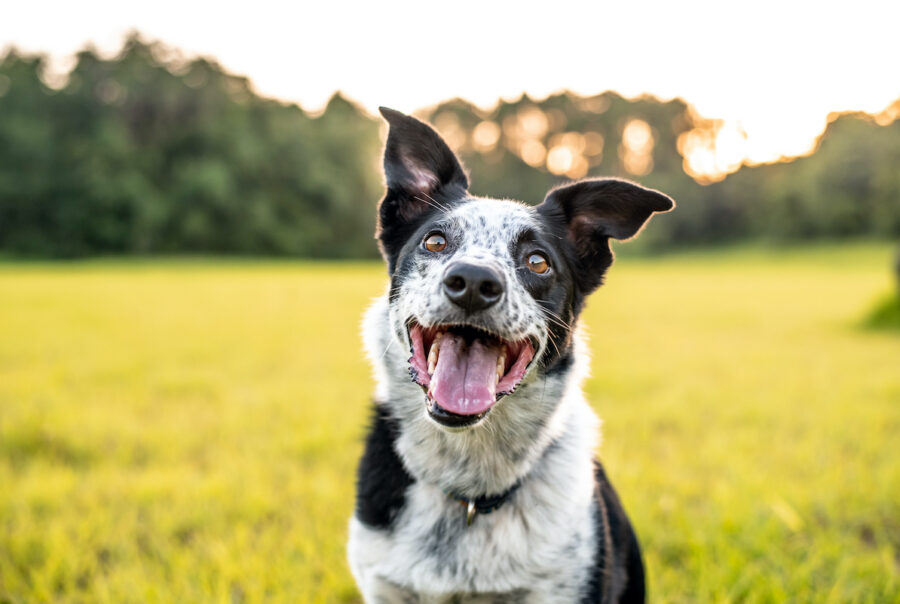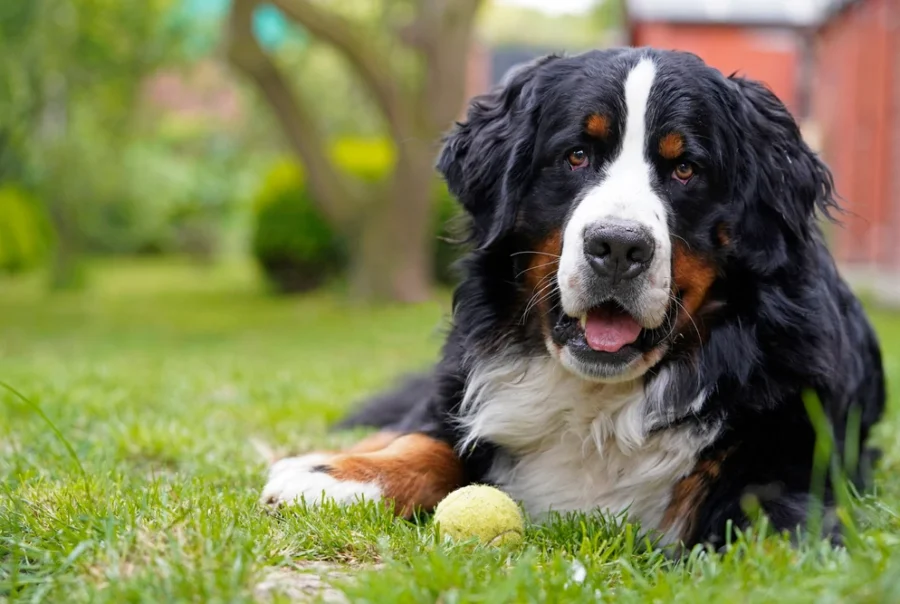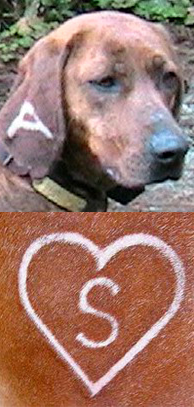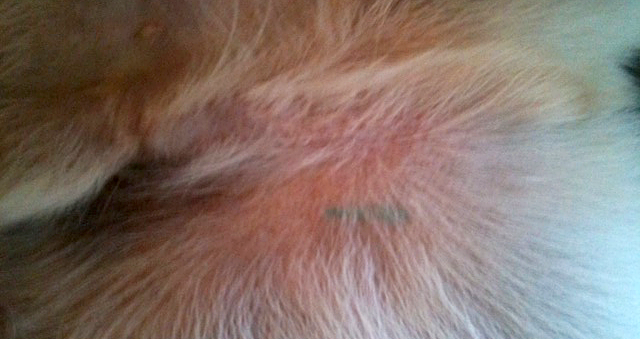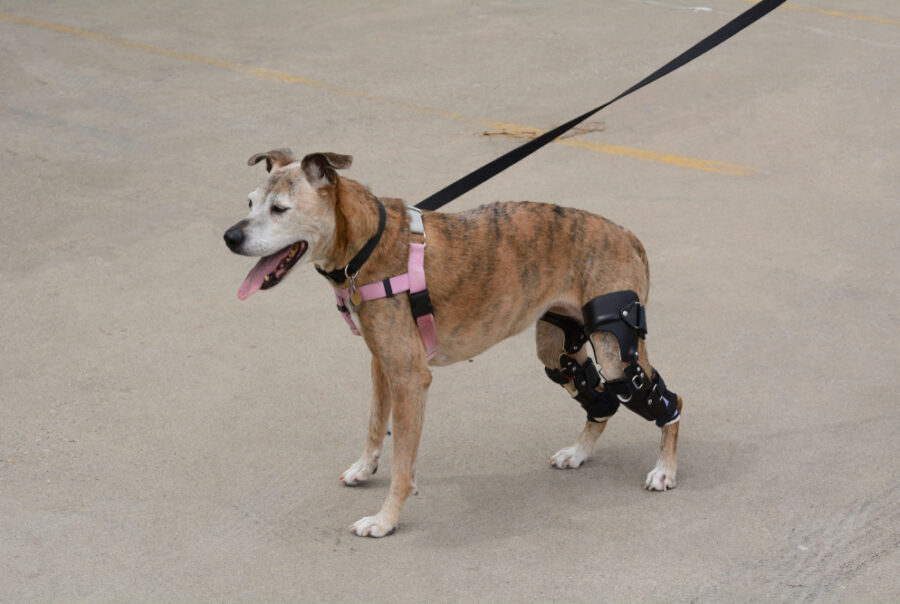Please note: This is an archived project that is not currently being updated.
Marking dogs that have been sterilized or vaccinated is critical to ensuring that they are not inadvertently treated again. For stray animals, marking methods that are visible from a distance, do not require sedation, and are compatible with nonsurgical procedures are desired. Parsemus Foundation funded a study comparing ear tags to freeze branding methods of marking dogs, and this site also provides updated information on using tattoos. While we are no longer supporting work in this area, the information here should be helpful to individuals working with stray dog and cat populations.

